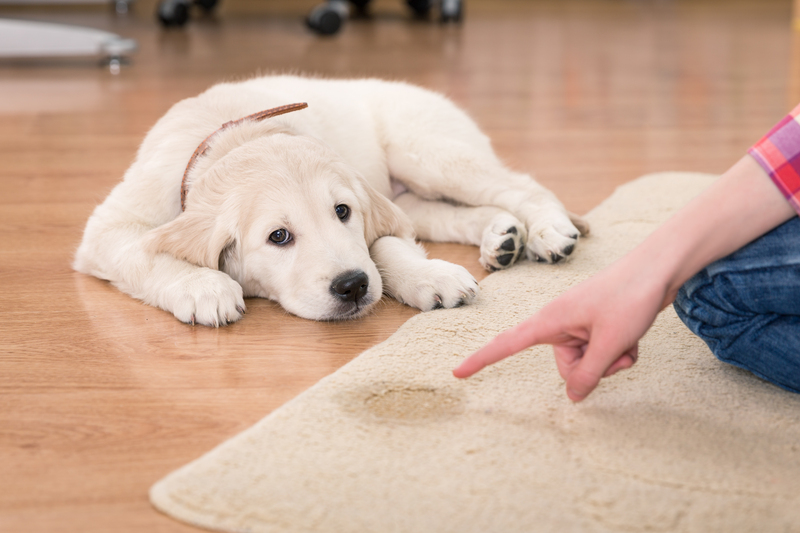Cleaning Leather Car Seats: What Works Best
Leather car seats, while luxurious and stylish, can be a challenge to maintain. This article explores effective methods for cleaning and maintaining your leather car seats, ensuring they remain pristine for years.
Understanding Leather Car Seats
Leather car seats come in various types and finishes, each requiring a unique cleaning approach. Genuine leather, synthetic leather, and semi-aniline leather are the most common types found in vehicles. Knowing the type of leather in your car is crucial before choosing a cleaner.

Best Products for Leather Car Seat Cleaning
Leather-Specific Cleaners: These are formulated to clean leather without damaging its finish. Mothers, Meguiar's, and Lexol are popular brands that offer effective leather cleaners.
DIY Cleaning Solutions: A mixture of water and gentle soap can be effective for minor stains. However, it is essential to test any DIY solution on a small, inconspicuous area first.
Conditioners and Protectants: After cleaning, it's crucial to apply a conditioner. Conditioners like Leather Honey and Chemical Guys maintain the leather's softness and luster, preventing it from drying out and cracking.
Effective Cleaning Methods
Step 1: Vacuuming
Begin by vacuuming your leather seats, ensuring to get into the crevices. This removes dirt and debris that can damage the leather if rubbed in during cleaning.
Step 2: Applying the Cleaner
Apply a small amount of leather cleaner to a microfiber cloth. Gently wipe the seats, working in small sections. Avoid soaking the leather as excess moisture can damage it.
Step 3: Conditioning
After cleaning, apply a leather conditioner. Let it sit for about 10-15 minutes, then buff with a clean microfiber cloth to restore the leather's shine.
Tips for Maintaining Leather Car Seats
1. **Regular Cleaning:** Clean your leather seats every 3-6 months to maintain their appearance and durability.
2. **Avoid Direct Sunlight:** Prolonged exposure to sunlight can cause leather to fade and crack. Park your car in the shade or use sunshades.
3. **Use Seat Covers:** Seat covers can protect leather seats from spills, stains, and daily wear and tear.
4. **Immediate Stain Removal:** Address spills and stains as soon as they occur to prevent permanent damage.
Pros and Cons of Leather Car Seats
**Pros:**
- **Durability:** Leather car seats are known for their durability and can last a long time with proper care.
- **Aesthetic Appeal:** They provide a luxurious look and feel to your vehicle's interior.
- **Comfort:** Leather seats, especially those with heating elements, offer greater comfort.
**Cons:**
- **Cost:** Leather seats are typically more expensive than fabric seats.
- **Maintenance:** They require regular cleaning and conditioning.
- **Temperature Sensitivity:** Leather can get hot in summer and cold in winter.

Takeaways
1. Identify your leather type before cleaning.
2. Use leather-specific cleaners and conditioners.
3. Avoid DIY solutions without testing.
4. Clean regularly and protect from the sun.
Conclusion
Cleaning leather car seats involves understanding the type of leather, using the right cleaning products, and following proper maintenance tips. By using specialized cleaners, conditioning regularly, and adopting protective measures, you can keep your leather seats looking new and luxurious for years to come.
By following these guidelines, you'll enjoy the look, feel, and durability that leather car seats bring to your vehicle's interior.



